You might be wondering – how come I’ve never heard of Suger80 keyboard? Well that’s because it’s not an official keyboard released for sale. Suger80 got its name from a combination of two keyboard parts – Owlab Mr. Suit’s PCB and the KBDfans Tiger80 Lite keyboard kit.
Some history on custom acrylic Mr. Suit
Last year, there was some hype going on an acrylic stack Mr. Suit (aka Mr. Shirt) which ktechs ran a GB. It was a cheap way to experience the premium Owlab Mr. Shirt, albeit not the same feel and acoustics. The total cost of all the parts needed ranged between S$140-$180 (depending if you self-sourced the parts or joined the GB).
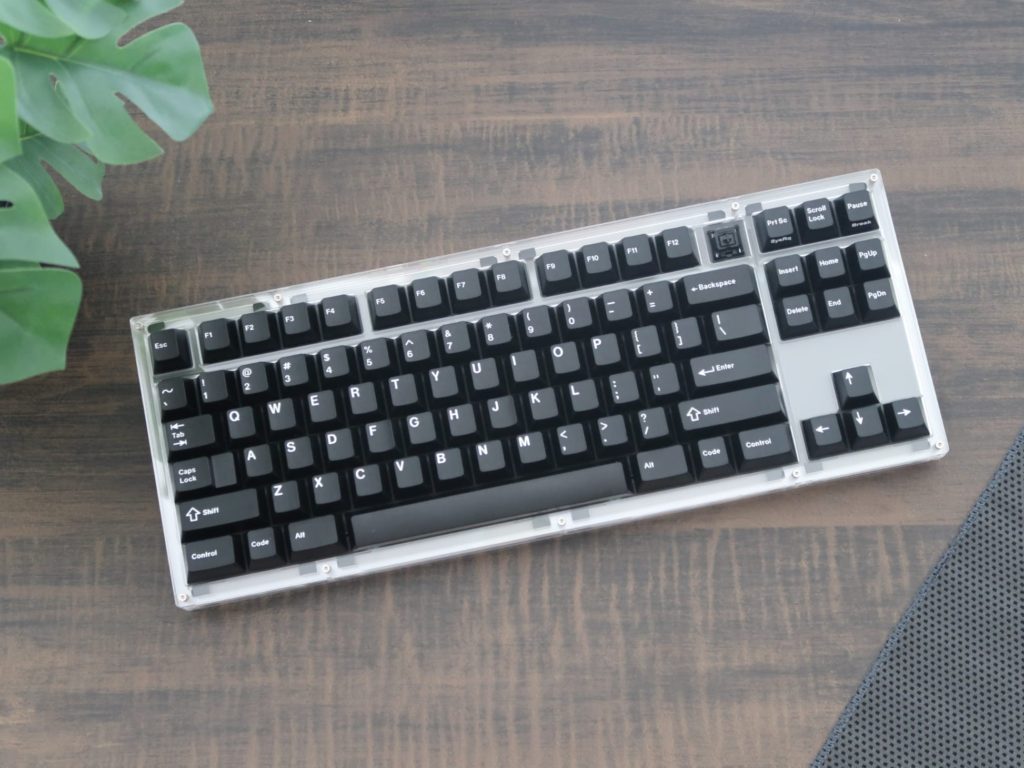
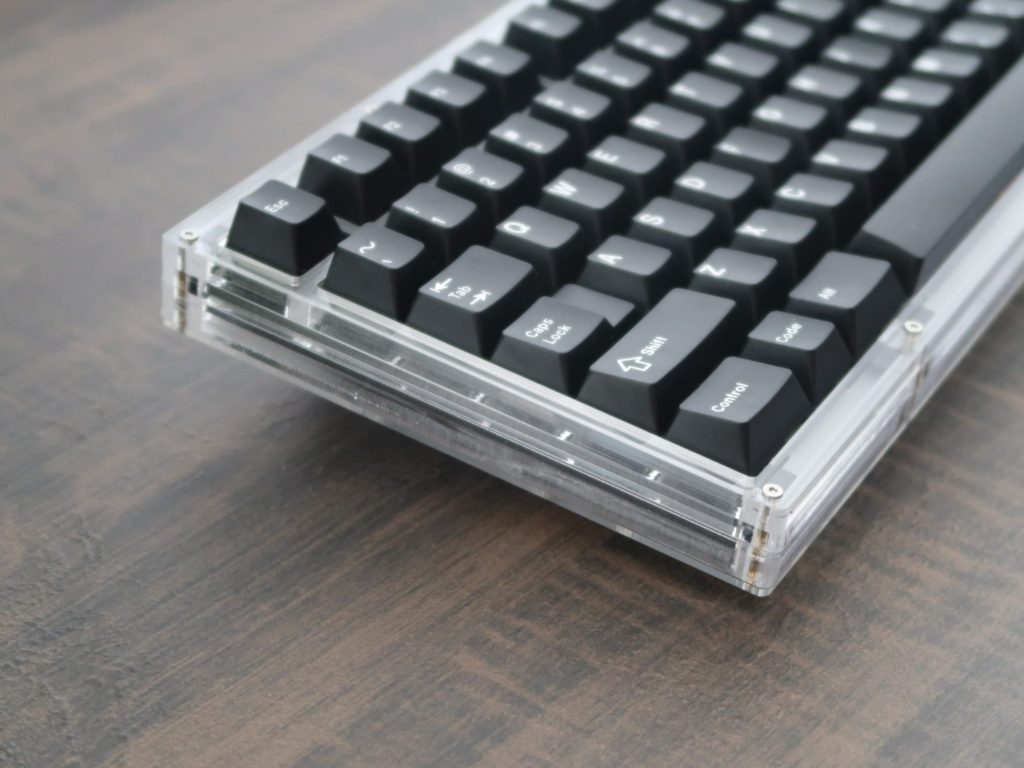
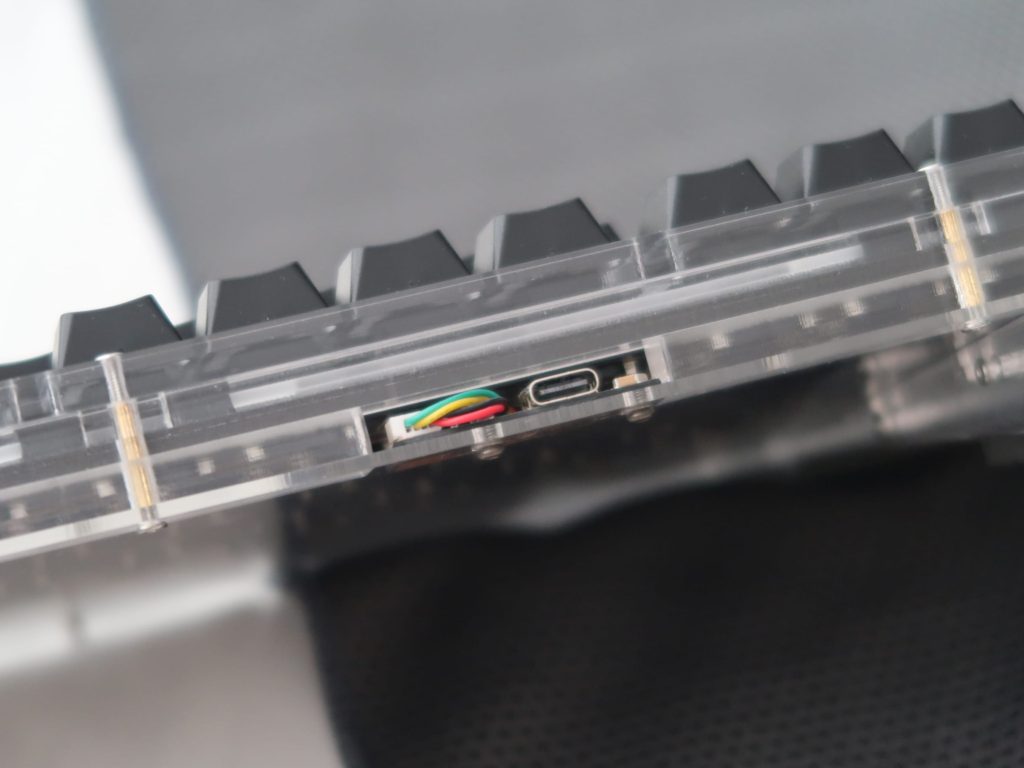
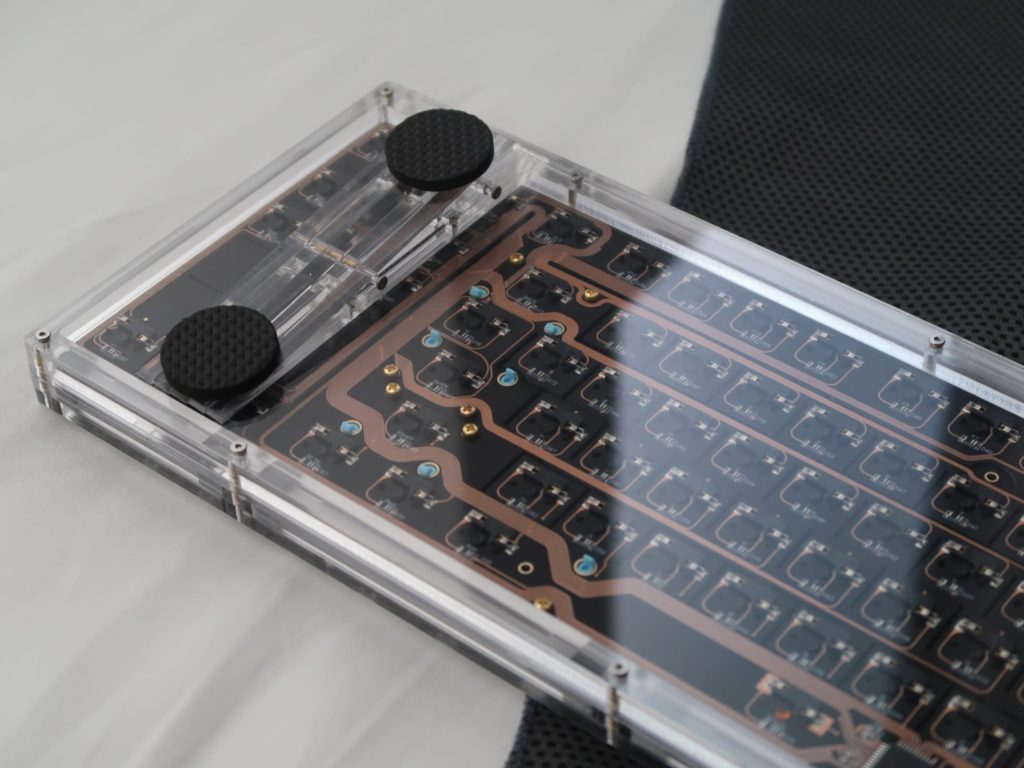
I built one as well – it looked quite cool with the transparent casing, but it was not the cleanest as the stack isn’t perfectly aligned, screws were visible, and the USB port was not neatly enclosed. But for its cost, it was great value for the performance it offered.
Is it worth building?
I was always itching to get a nicer case for the acrylic Mr. Suit. Then enter the Tiger80 Lite by KBDfans. The case was able to fit the Mr. Suit PCB as long as you purchase some parts from Hyperboring on Taobao (who makes custom designed plates and parts in order to align the fit in the Tiger80 Lite case).
If you already have a spare Mr. Suit PCB lying around, or able to get it for cheap, then it could be worth building the Suger80 as the rest of the parts will come cheap. If you’re building it from scratch, the combined parts (stabilisers not included) from Taobao will be about S$140 (incl. shipping and GST), versus getting the Tiger80 Lite kit (stabilisers included) for S$165 (incl. shipping and GST).
Parts needed
The table below summarises the parts needed from Taobao, and the image should be a good checklist that you’re getting the right product.
| Item | Cost (¥) | Link |
|---|---|---|
| Owlab Mr. Suit PCB (comes with plate and PE foam) | 325 | https://m.tb.cn/h.UJ0YoJX?tk=Cs2Ld8k01Rr |
| KBDfans Tiger80 Lite case | 149 | https://m.tb.cn/h.UpmkRct?tk=vuzQd8kagH4 |
| Gaskets for Tiger80 Lite | 10 | https://m.tb.cn/h.UpmkRct?tk=vuzQd8kagH4 |
| Hyperboring Plate (Get the 多配列P卫 option if you want to use screw-in stabilisers) | 65 | https://m.tb.cn/h.UKhdMnM?tk=bhZRd8kavsO |
| Hyperboring USB Daughterboard | 10 | https://m.tb.cn/h.UKhdMnM?tk=bhZRd8kavsO |
| KBDfans Case foam for Tiger80 Lite (optional) | 49 | https://m.tb.cn/h.UpmkRct?tk=vuzQd8kagH4 |
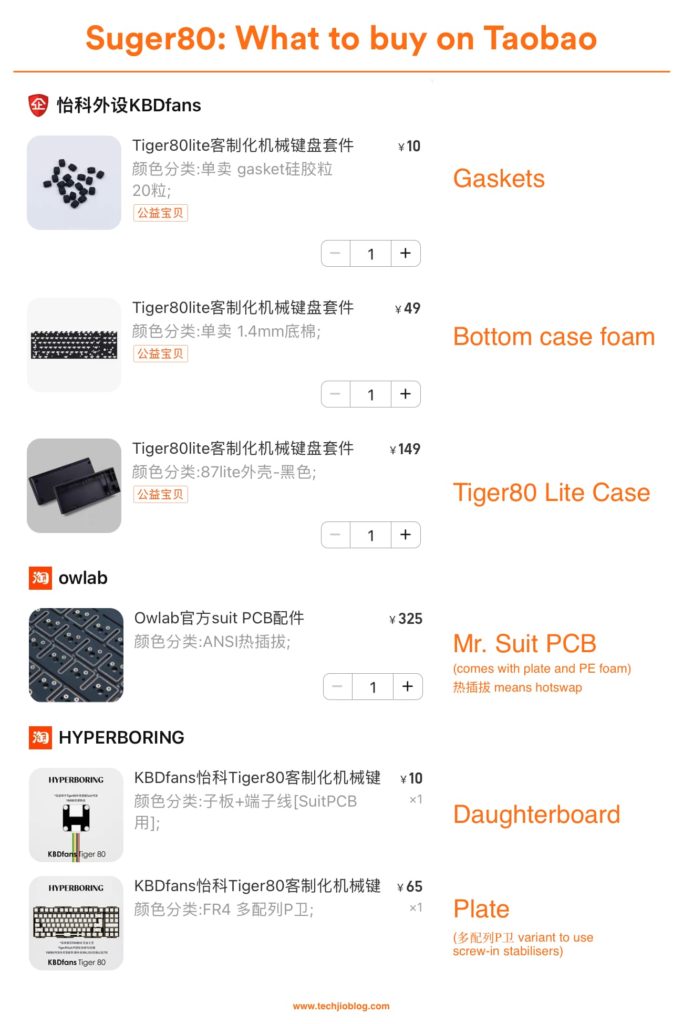
Build process
Building the Suger80 is essentially the same as building the Tiger80 Lite, except that you’re using the Suit80 PCB instead of the Tiger80 PCB. First thing you’d want to do is to screw on the Hyperboring daughterboard to the bottom case. The screws required will be included in the package of the Tiger80 Lite.
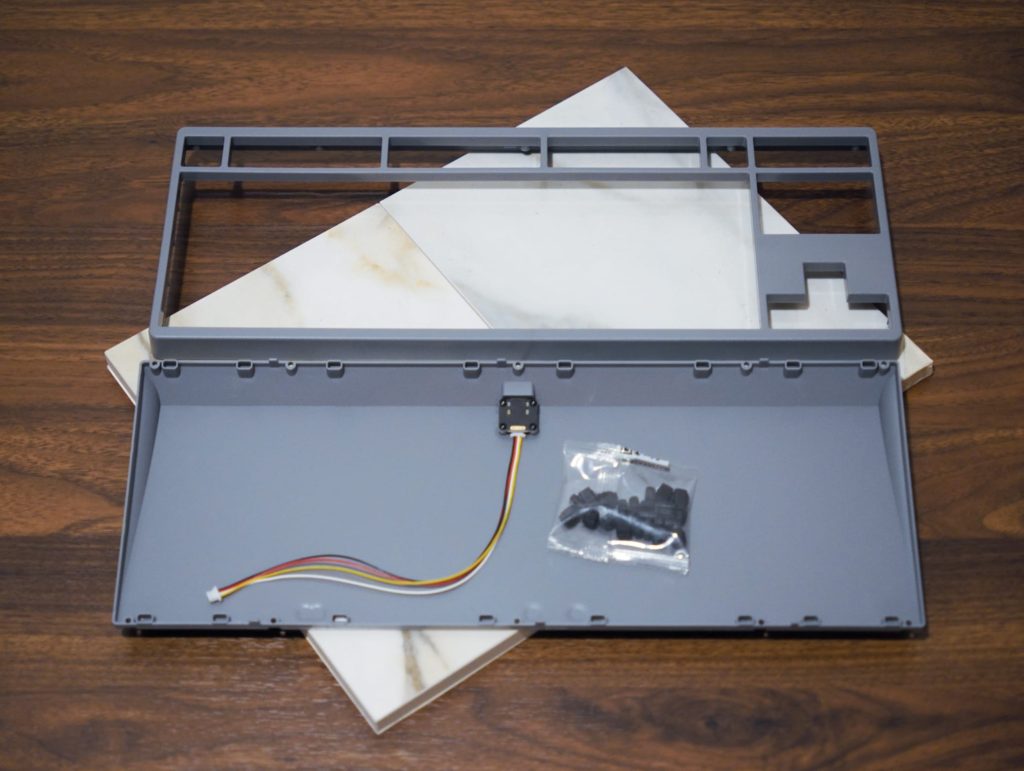
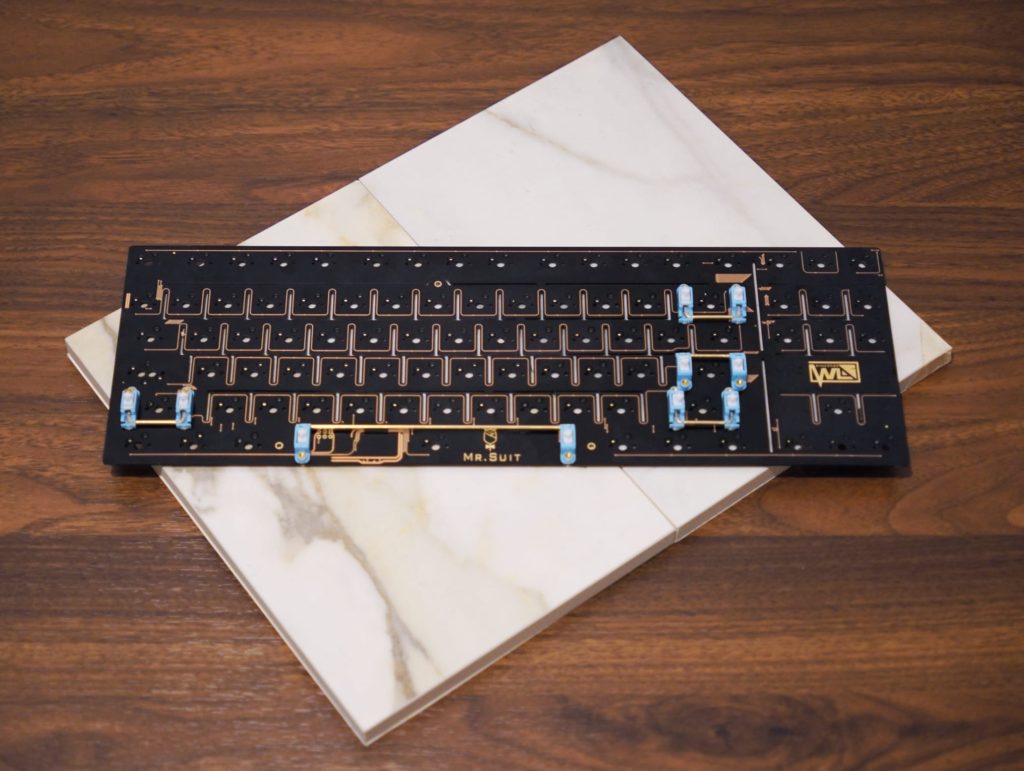
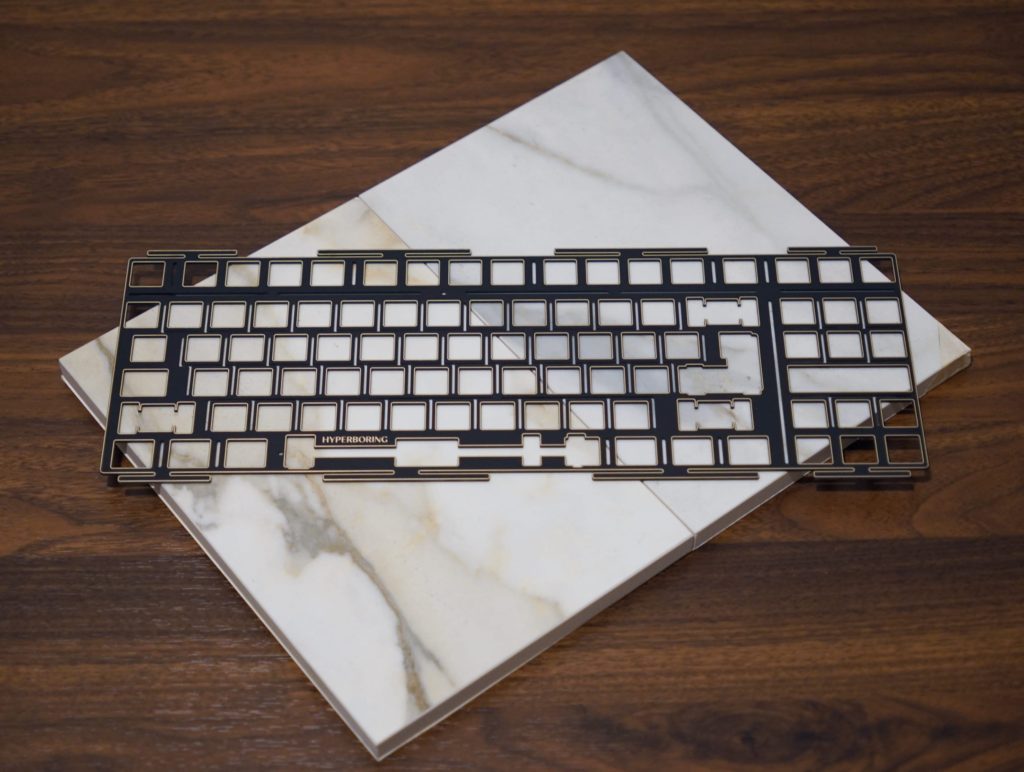
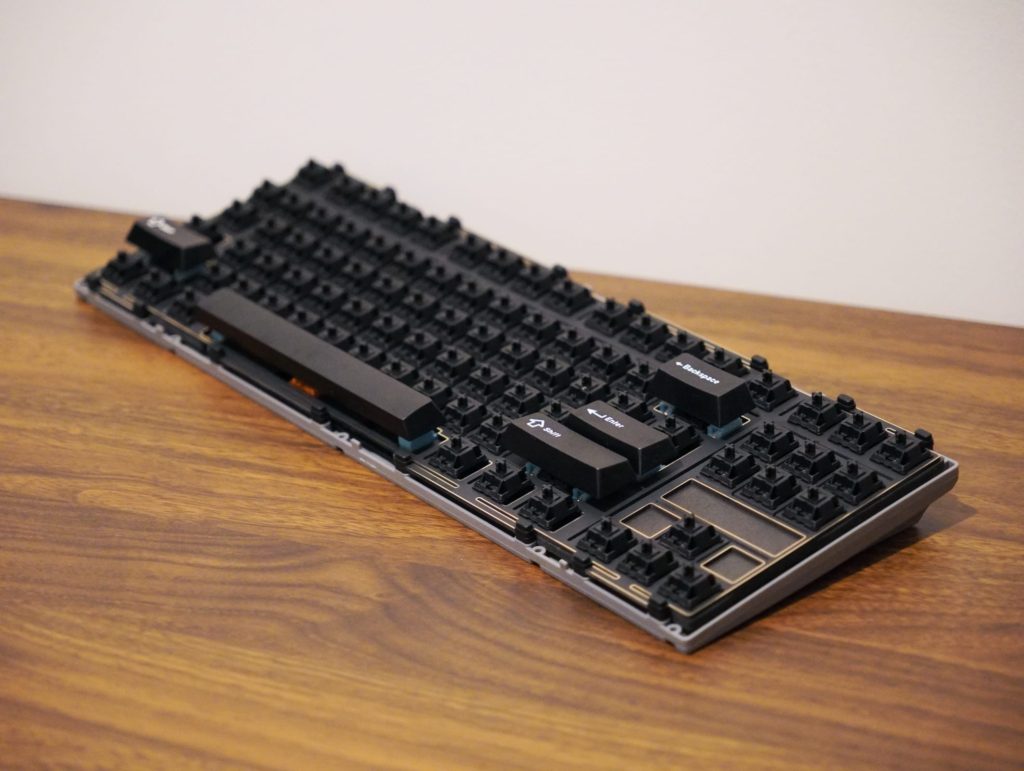
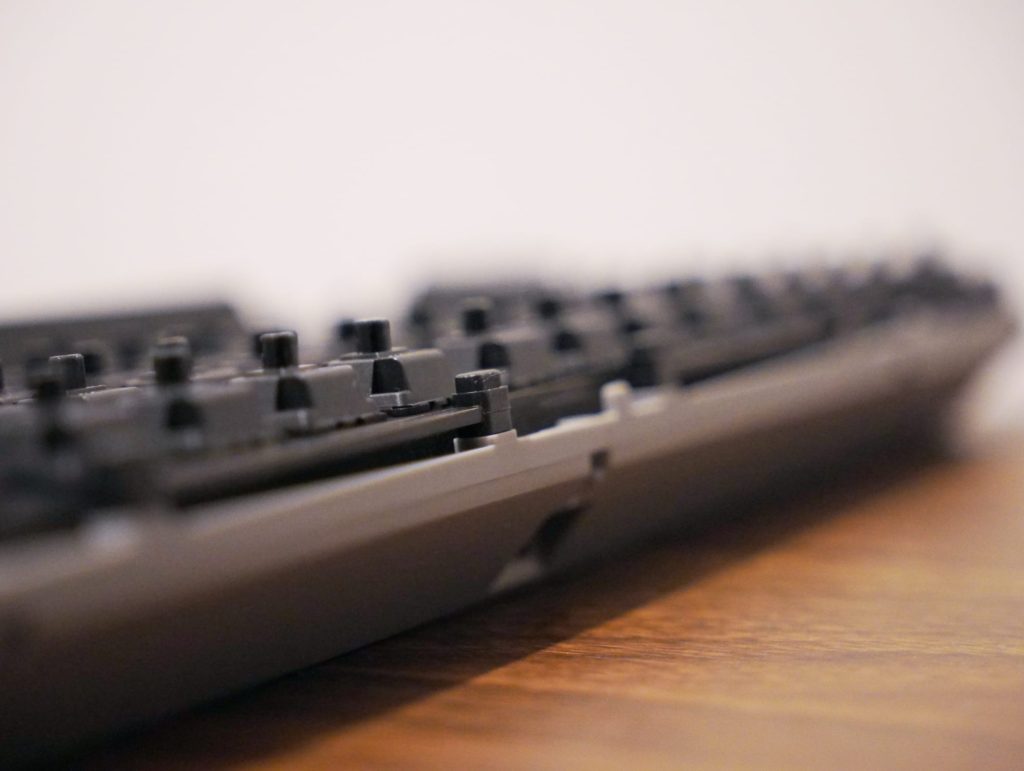
Next, once you’re done with your stabilisers and mounting your switches on the PCB and plate, attach the gaskets onto the Hyperboring plate. The gaskets will sit nicely on the inlets of the bottom case. I’d recommend putting case foam as it helps to clean up the sound and reduce any resonance. Lastly, the top and bottom case are held together by the 10 included screws.
Finished product
Below are some images of my Suger80 build, which looks much cleaner than the acrylic stack Mr. Suit.
- Switches: Cherry MX Hyperglide Black
- Keycaps: GMK White on Black (WoB) ABS keycaps
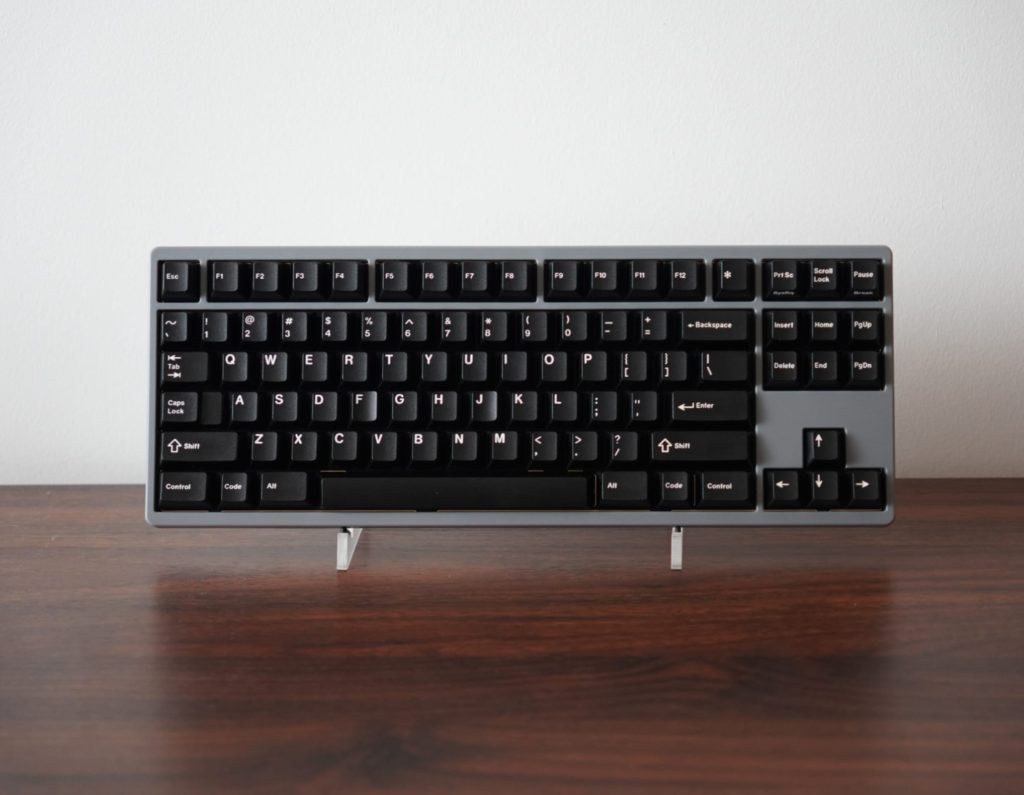
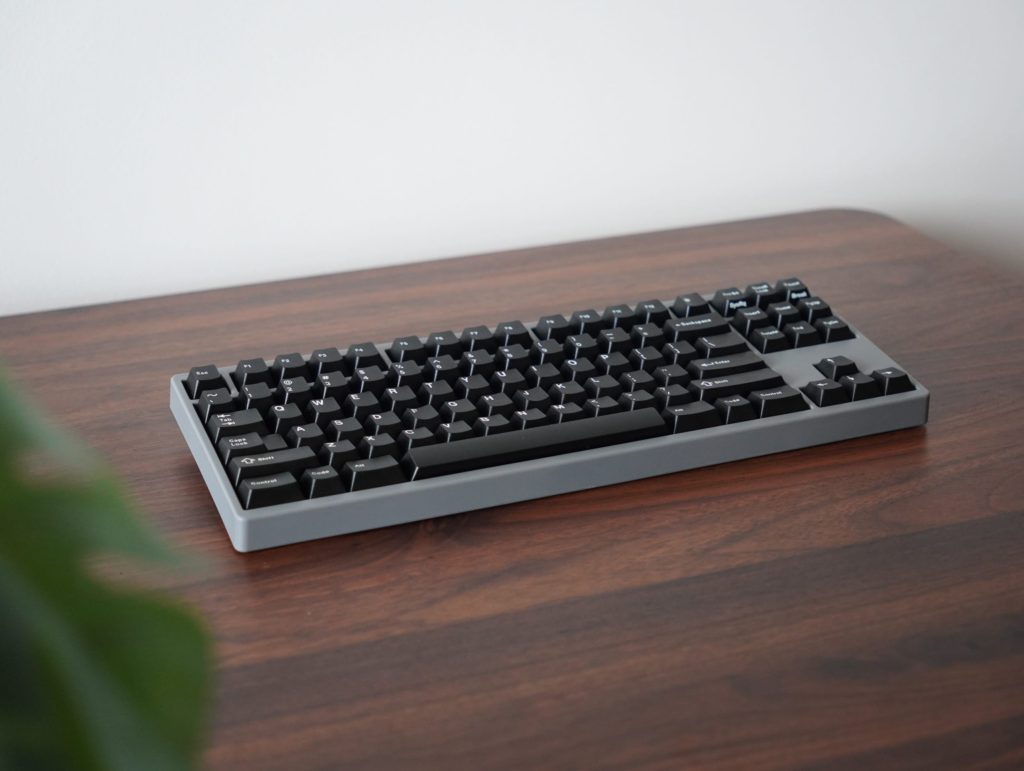
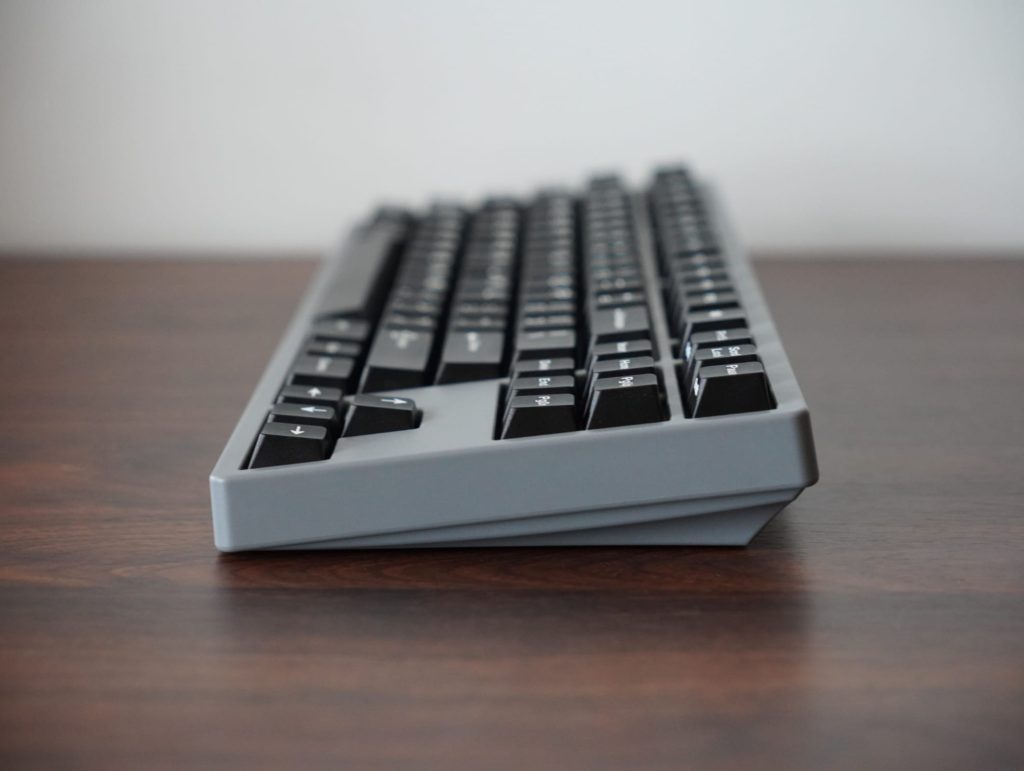
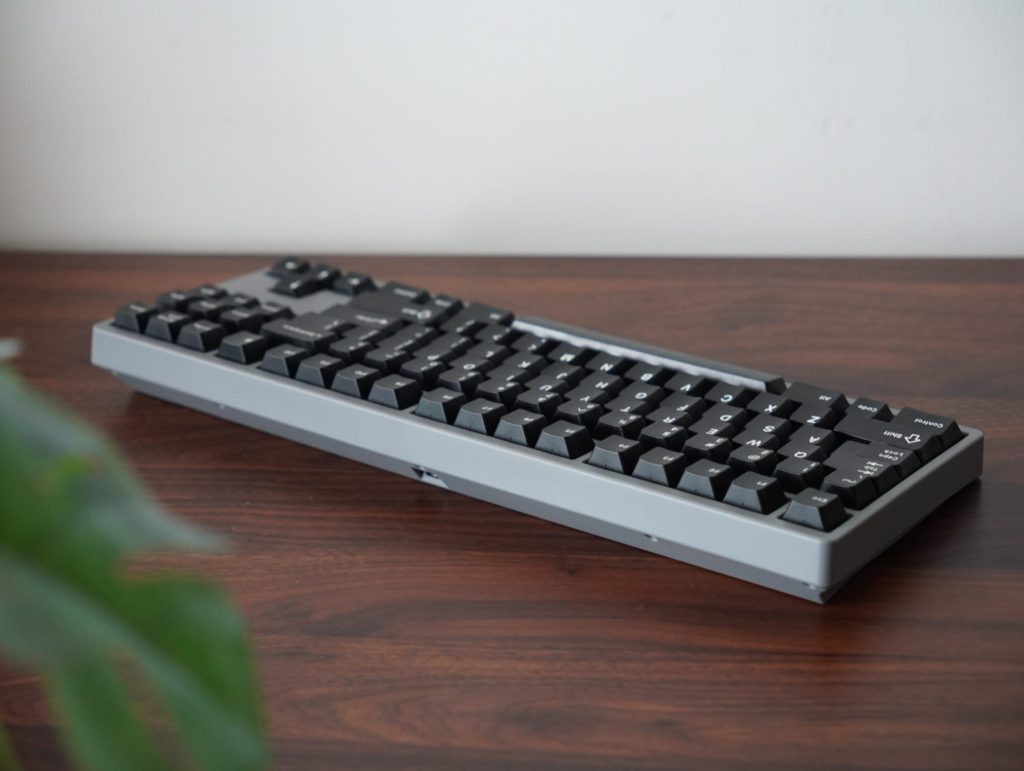
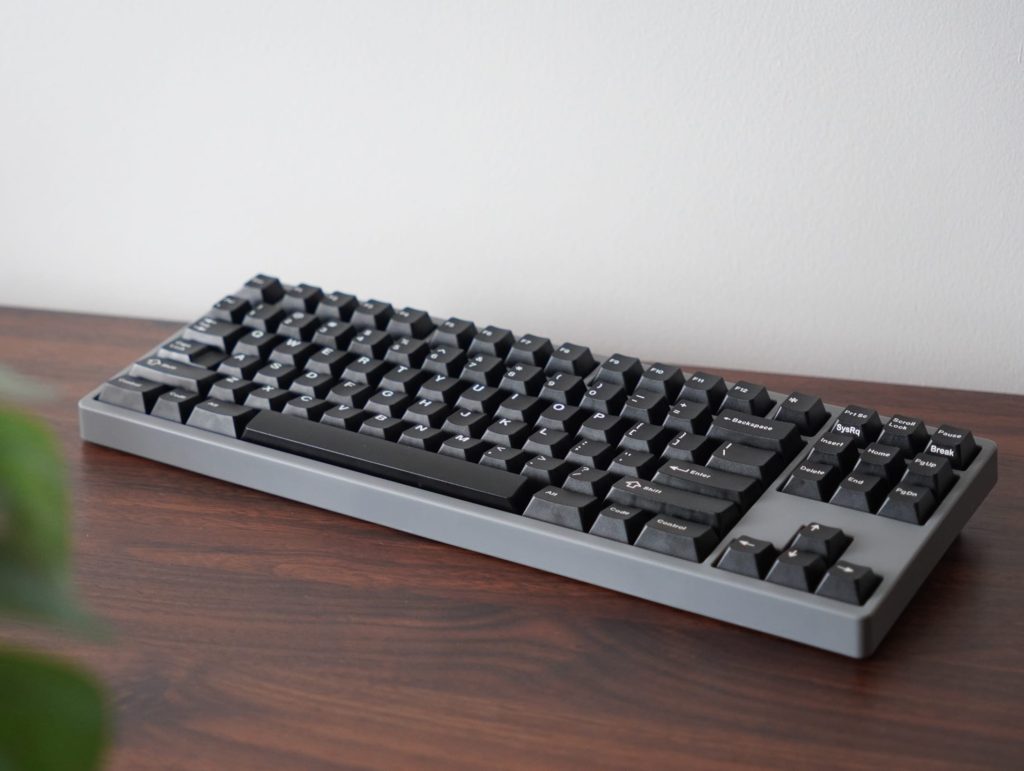
Conclusion
The price difference between building the Suger80 or just simply getting the Tiger80 Lite kit is not that big. The main difference lies between the PCB – Suit80’s PCB has more flex cuts (per key) vs the Tiger 80’s PCB (flex cuts by row). Tiger80’s PCB has RGB lighting but Suit80’s PCB doesn’t. If you happen to be interested in building the acrylic stack Mr. Suit, then I’d recommend building the Suger80 instead as it is easier, and the finished product just looks and feel more polished than the acrylic stack.

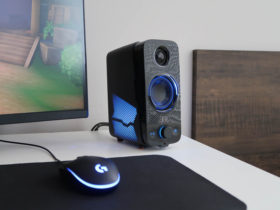
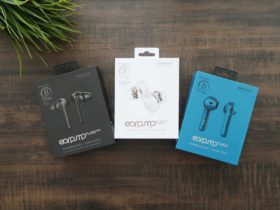
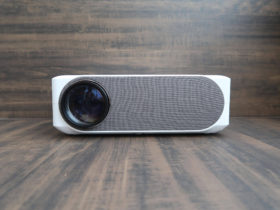
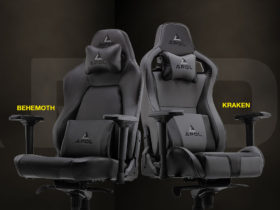
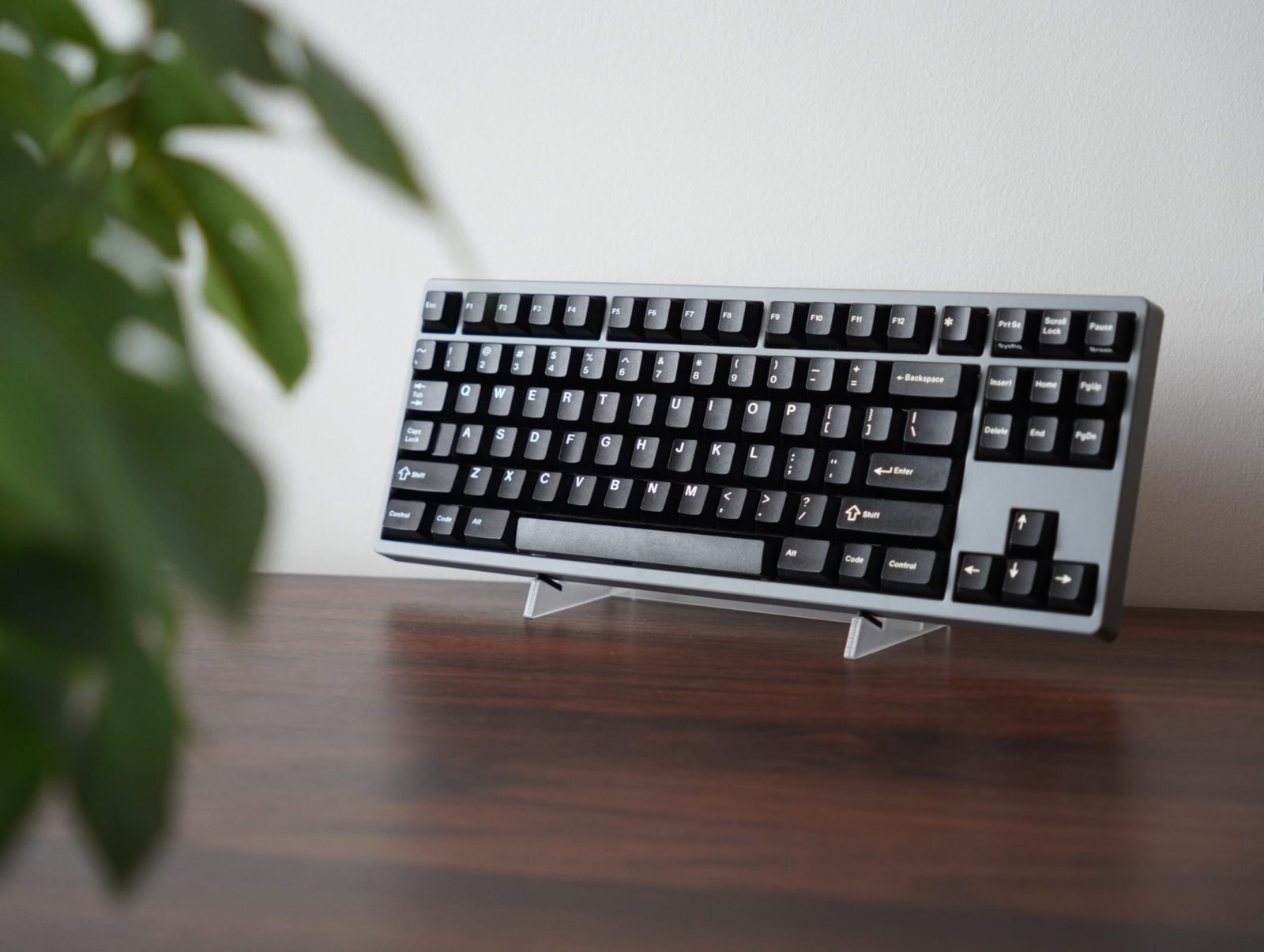
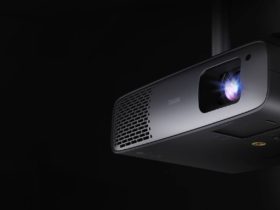



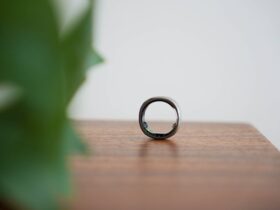
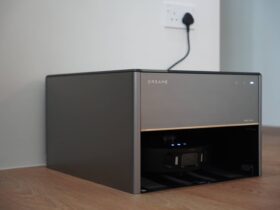
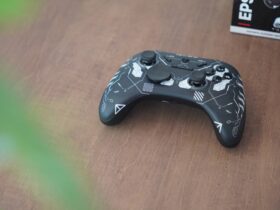
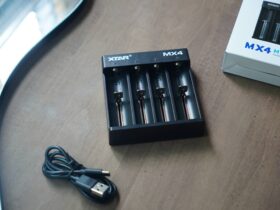
Hey! I read it well~ Can i know how long the daughterboard line length?
Hey, I don’t have the exact measurements but I believe it is more than 10cm.
I saw your post very well. Can you recommend to me a stabilizer?
Hello Kim, the new TX AP clip-in stabilizers are pretty good at the moment!